Martha’s Vineyard locals and many people concerned about ocean life and the environment generally are appalled by an idea to dump toxic sodium hydroxide into the ocean.
A group of researchers is convinced that their idea will help combat climate change, but short-term, this experiment may lead to the death of many marine animals.
Where is Martha’s Vineyard?

Martha’s Vineyard is an island off of the coast of mainland Massachusetts. It is just south of Cape Cod and only accessible by air or boat.
There are a number of Massachusetts locals who live in the area year-round, but it is also a favorite vacation spot for celebrities and the wealthy. The Clintons and Obamas visit regularly.
WHOI’s Sodium Hydroxide Hypothesis
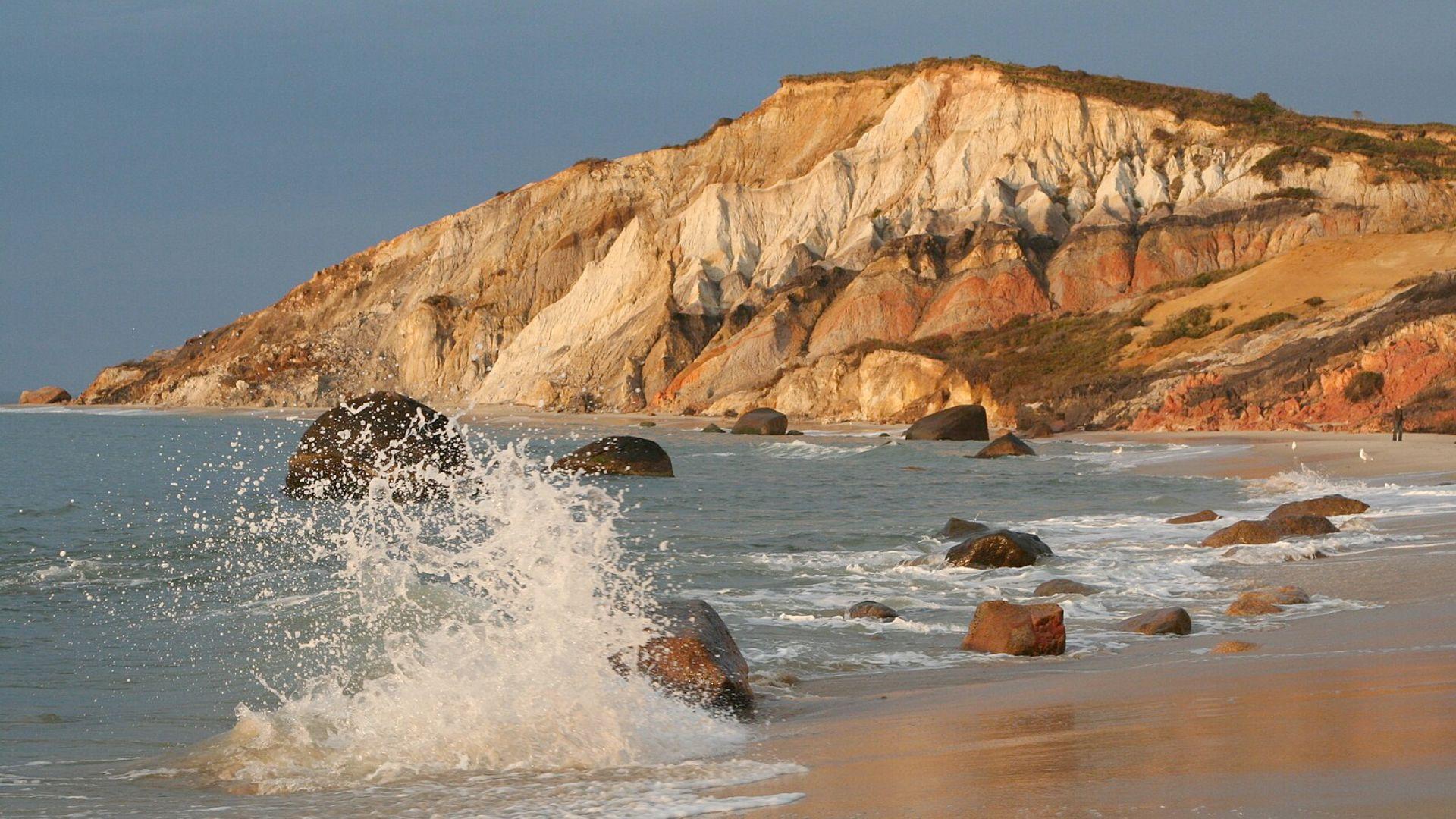
Scientists are trying desperately to reverse the effects of climate change before it is too late. The ocean is an extremely important tool to offset greenhouse gasses. It absorbs about 25% of carbon dioxide emissions on Earth.
Researchers at the Massachusetts-based Woods Hole Oceanographic Institution (WHOI) believe that they have come up with a solution to help the ocean absorb even more dangerous gasses… but is what they hope to do equally toxic?
The LOC-NESS Experiment
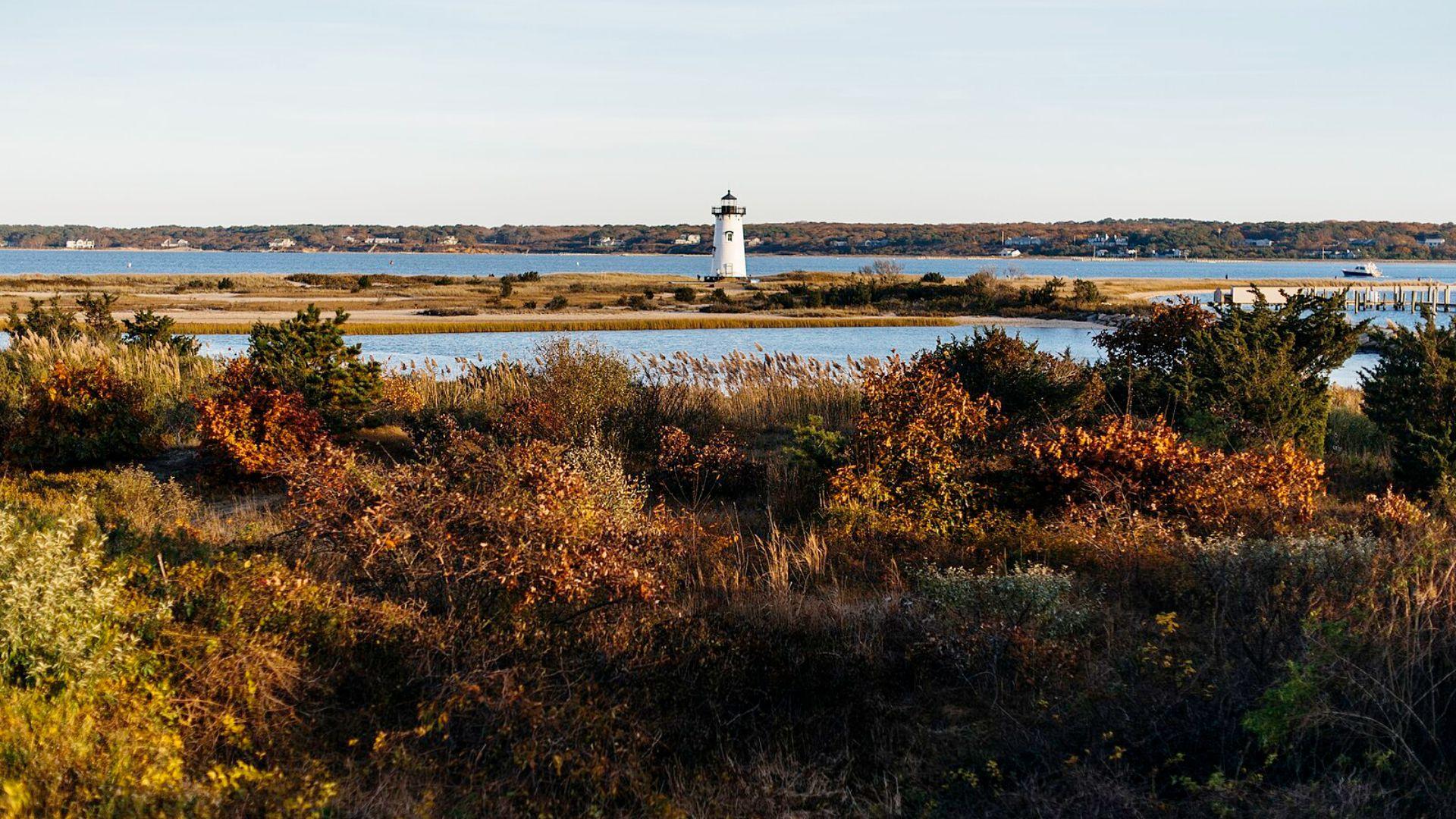
The WHOI is waiting for approval from the EPA to release a 6,600-gallon mixture of sodium hydroxide solution and freshwater into the Atlantic Ocean, just about 10 miles southwest of Martha’s Vineyard. Sodium hydroxide, also known as lye, is a corrosive and dangerous chemical.
The WHOI scientists have dubbed the experiment LOC-NESS: Locking Away Ocean Carbon in the Northeast Shelf and Slope. They explained their hypothesis by comparing it to giving the ocean a large amount of Tums. LOC-NESS would increase the pH level and and allow the water to absorb more planet-warming greenhouse gasses.
Concerns from Friends of the Earth

Benjamin Day is the Massachusetts-based senior campaigner for the environmental organization Friends of the Earth. He is one of the leading critics of the LOC-NESS experiment.
Day explained that sodium hydroxide is “an incredibly dangerous substance” that can cause chemical burns for both humans and animals. He said, “We unequivocally oppose the proposed LOC-NESS geoengineering experiment… It’s astonishing that the EPA is even considering allowing dangerous, caustic chemicals to be dumped in ocean waters that are frequented by at least eight endangered species, including Right Whales and Leatherback Turtles.”
An Upset Local’s Words

Paul Bleicher—who lives on Chappaquiddick, a neighboring island to Martha’s Vineyard—shared similar concerns. On Facebook, he began a post, “Does anyone else think this sounds like a very bad idea?”
“Releasing 6,000 gallons of sodium hydroxide solution (lye) 10 miles SW of Martha’s Vineyard?” He continued, “They expect impact on the living marine environment. It will take days for the pH to return to even a normal range.”
Aware of the Risks
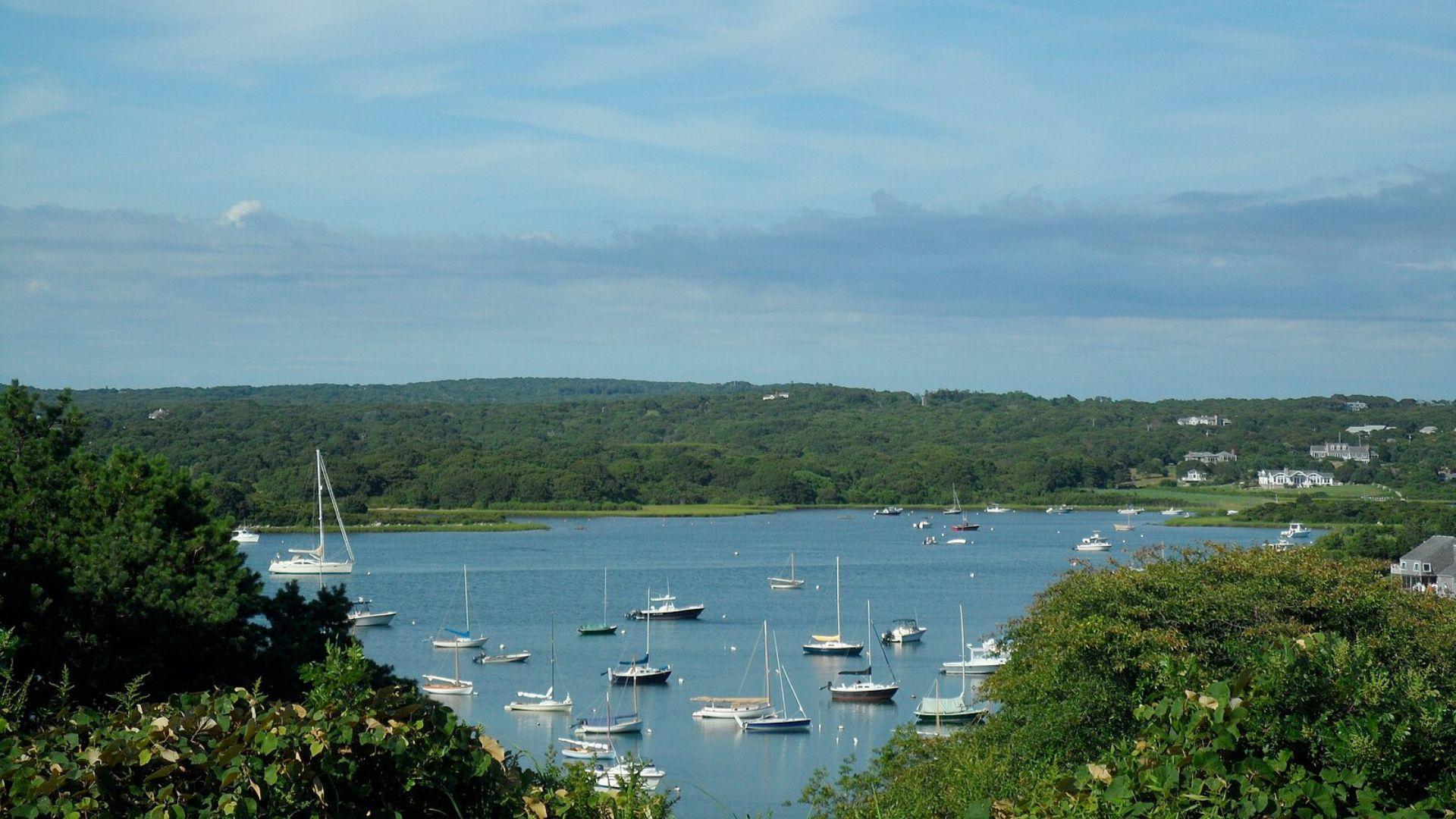
The WHOI scientists are aware of the marine life risks and they still believe that this will be a good solution to combat greenhouse gasses. They claim that the 56-acre area where the chemicals will be dropped will only be toxic for about a minute.
Additionally, there will be a dedicated marine mammal observer on board the boat dropping the sodium hydroxide solution. The experiment will only proceed if there are no mammals in the area—but this will be difficult to ensure.
Many Marine Life Casualties
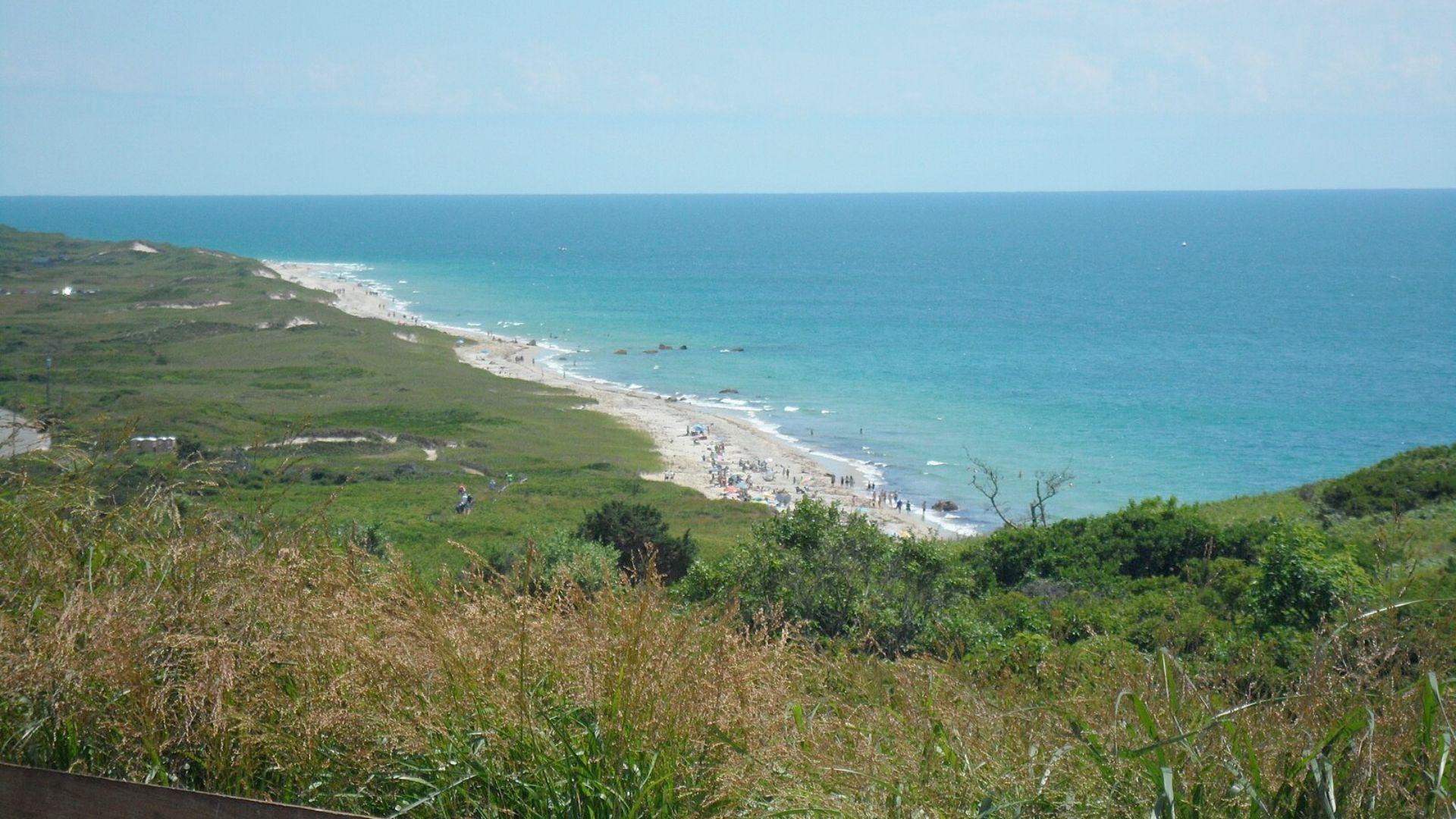
The scientists are not worried about non-mammal marine life. They won’t be able to control the possible deaths of many foundational marine animals like fish (especially fish larvae), phytoplankton, and zooplankton.
James Kerry, a marine scientist at the James Cook University in Australia, gave his opinion: “I see it, essentially, as trying to address one form of marine pollution—carbon dioxide—with another.”
Some Scientists Approve
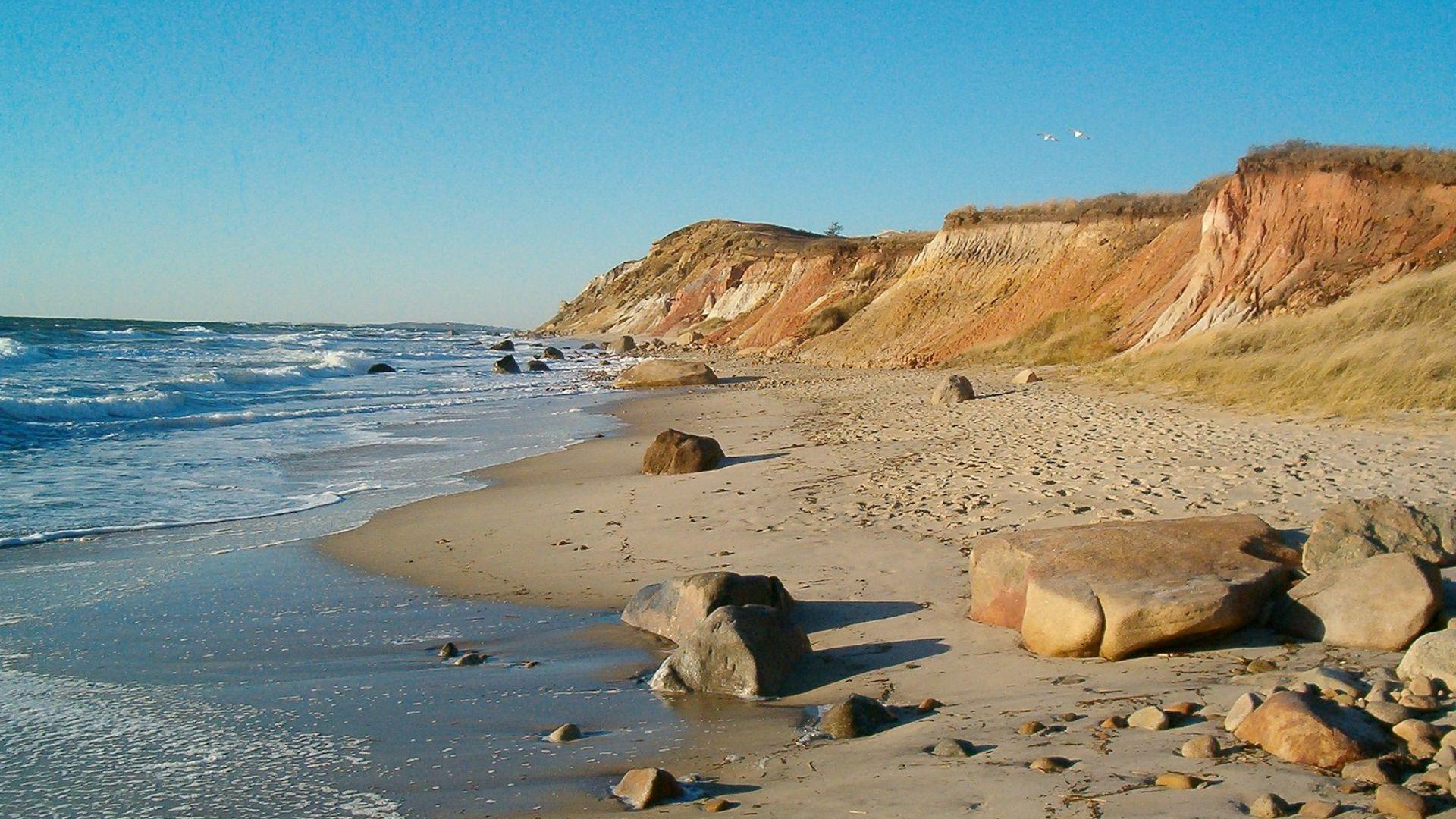
Still, there is actually a lot of support from many scientists, hoping that this experiment will help negate some dangerous greenhouse gasses. One such supporter is Nicholas Hawco, a chemical oceanographer at the University of Hawaii.
He believes that there is a good chance that very small ocean life (like phytoplankton) will not be harmed anyway. “Recently, a few published laboratory experiments have indicated limited adverse effect among various phytoplankton types to alkalinity additions,” Hawco explained. However, he does recognize that “given the diversity of phytoplankton types in the ocean… fully replicating the natural environment in the laboratory is not possible.”
The EPA’s Response
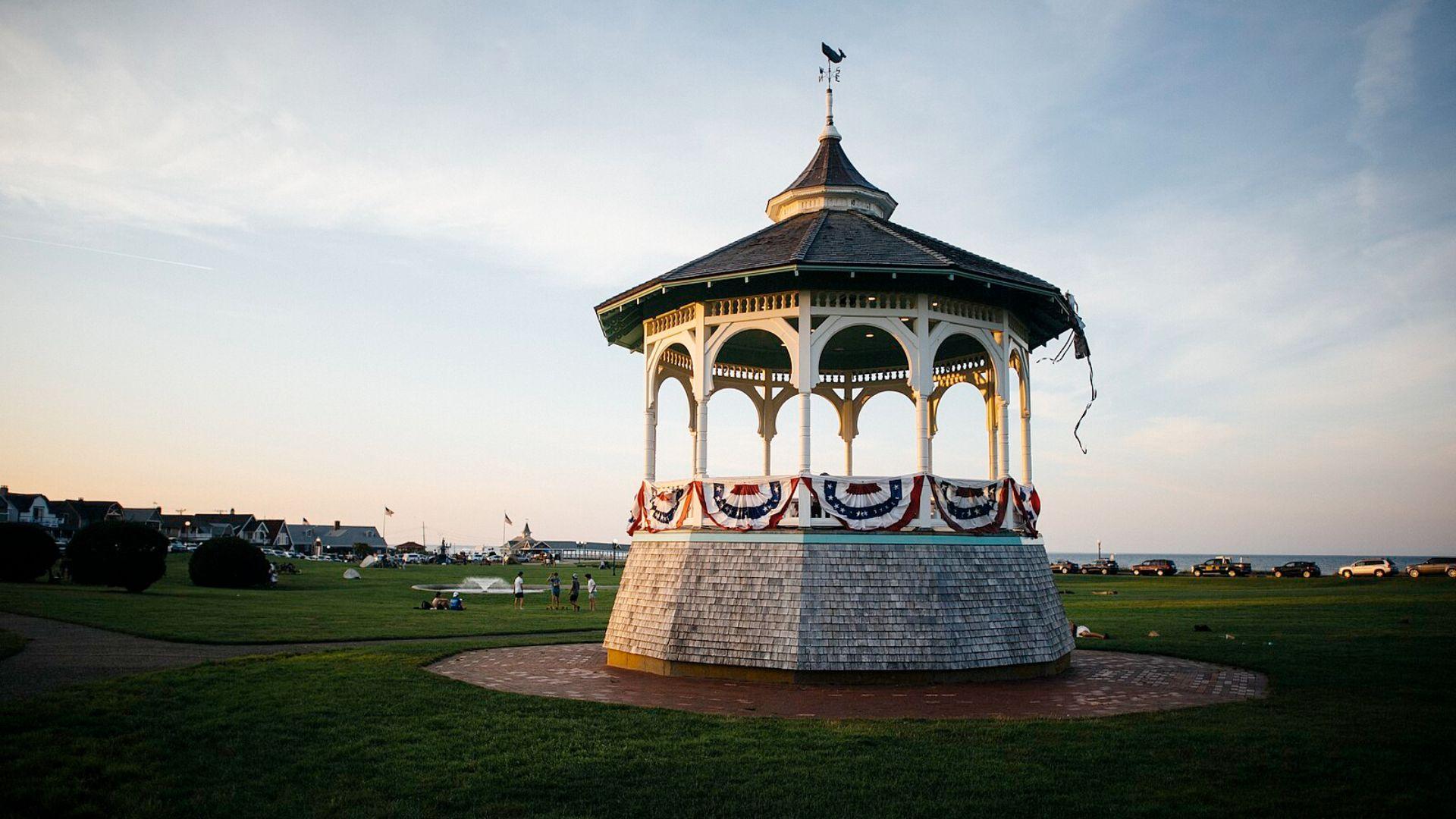
The EPA has already tentatively approved the LOC-NESS experiment, but WHOI is waiting for their final say. If the LOC-NESS experiment goes well, then a similar—but even bigger—66,000-gallon dump of sodium hydroxide 50 miles east of Gloucester, Massachusetts will go ahead, as well.
However, the EPA does recognize that some may be against the experiment. They opened a commenting period—which closed about a week and a half ago—inviting anyone who desired to share their concerns.
Locals Plead to the EPA

One local woman commented, “Dumping harmful chemicals into the ocean without any baseline data is unacceptable, especially on this scale and in a very important area for a variety of marine species.”
Another added, “The idea that caustic chemicals would be put, on purpose, in our oceans, anywhere, is beyond rational thinking.”
Making a Final Decision
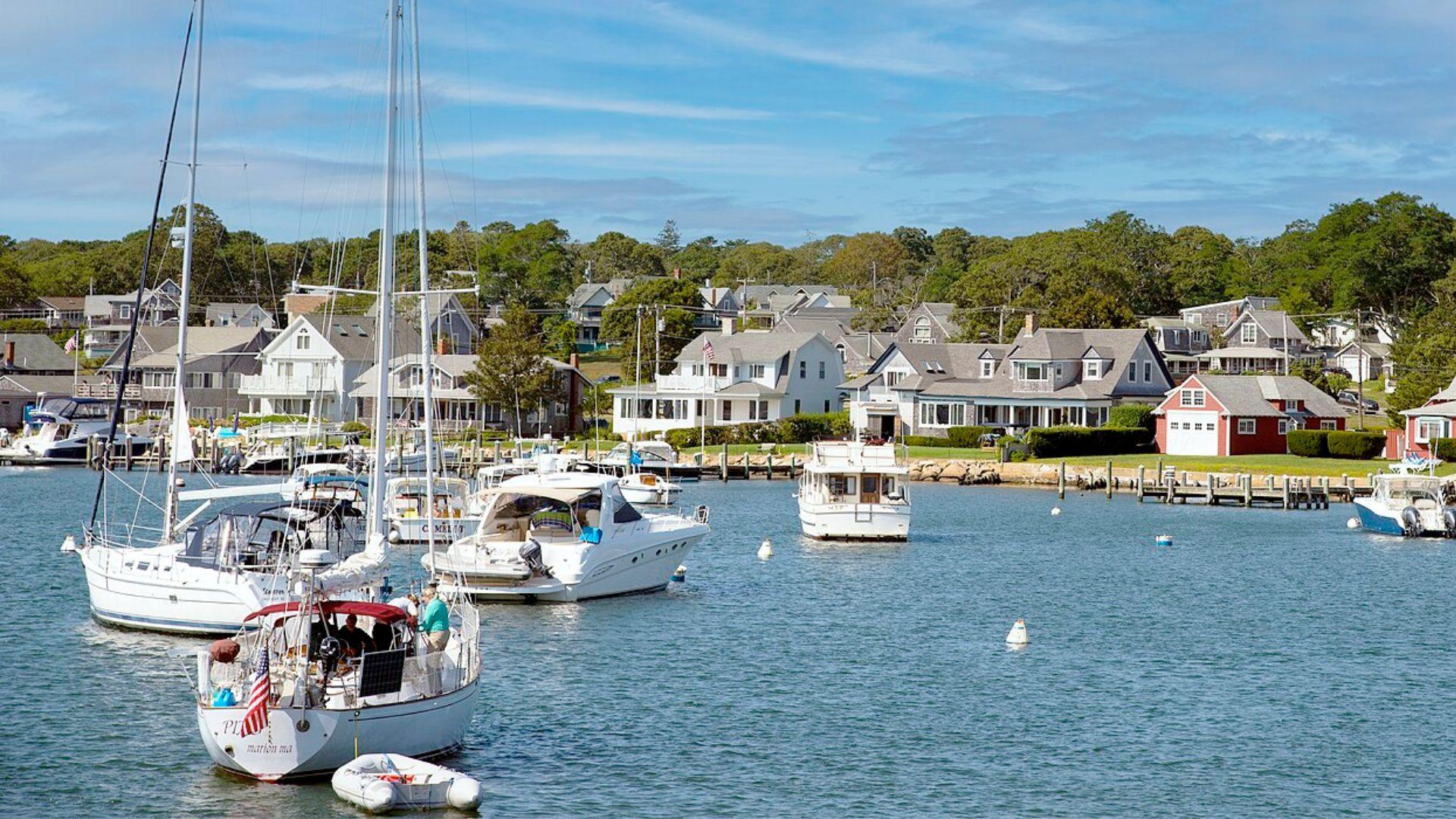
Professor Phil Renforth, a geochemist from Heriot-Watt University in Scotland, believes that the LOC-NESS experiment could lead to an extremely useful tool to combat global warming. He said, “Globally we will produce billions of tonnes of dangerous excess carbon dioxide. Neutralising this by increasing ocean alkalinity offers a (potentially) scalable method that mimics natural weathering.”
The public commenting period is now over. It’s up to the EPA to make their final decision about the WHOI’s LOC-NESS experiment; it is expected to be announced sometime this summer.

